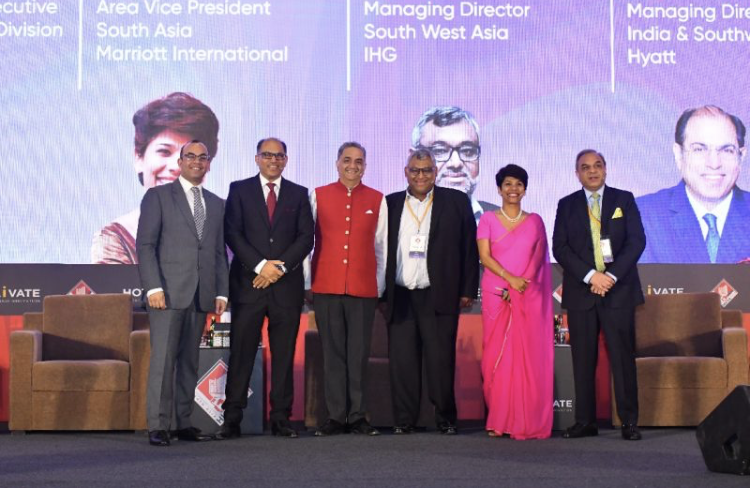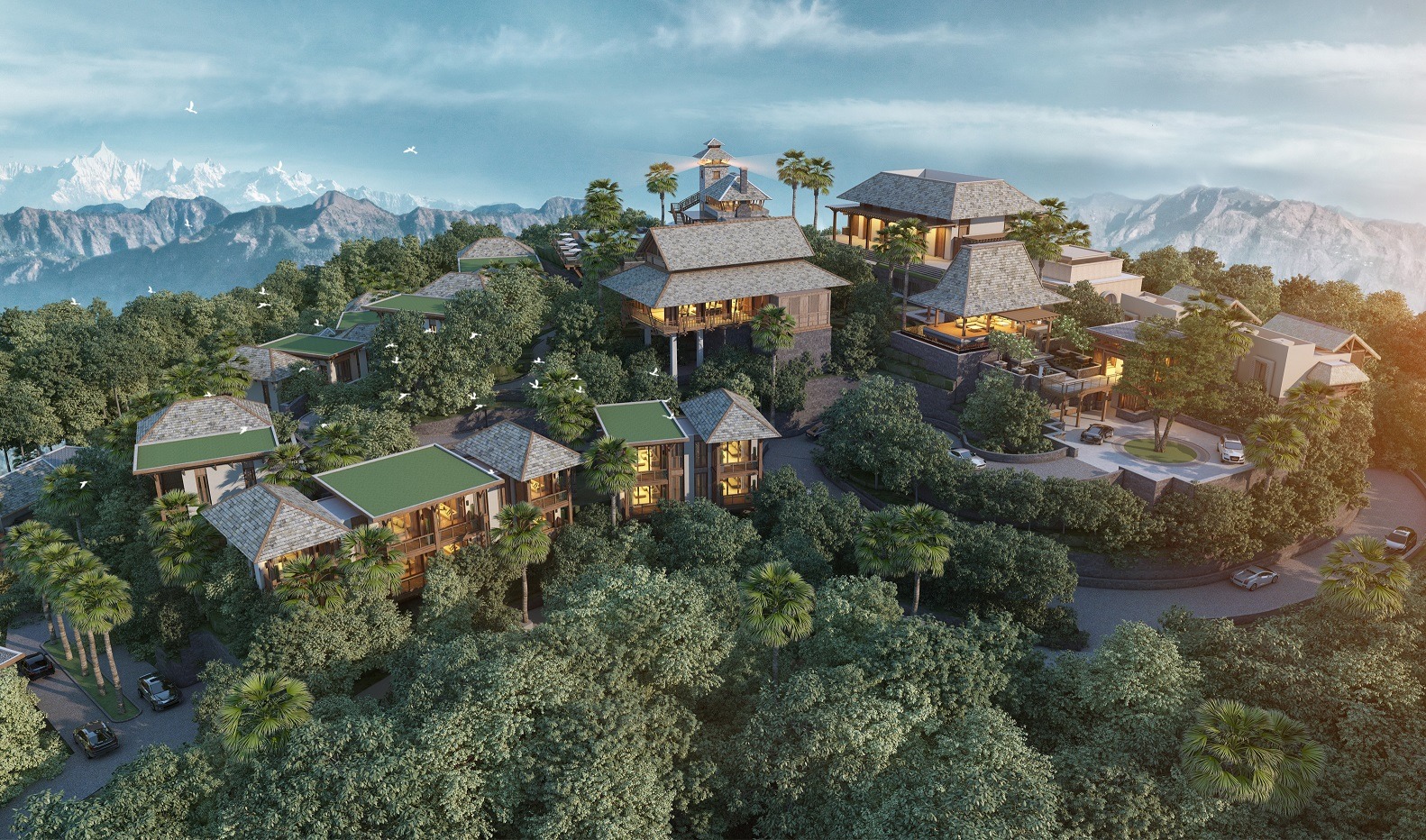Korea provides a diverse array of opportunities for bleisure travel, enabling travellers to seamlessly blend their business and leisure experiences, says Myong Kil Yun, Regional Director India & SAARC, Korea Tourism Organization, in an interaction with Disha Shah Ghosh.
Q.1.Korea Tourism Organization is keen on tapping the MICE segment in the Indian market. What steps are being taken in this direction?
The Korea Tourism Organization (KTO) is actively pursuing the MICE segment in the Indian market through several strategic initiatives. These efforts include hosting roadshows, events and webinars in major Indian cities to introduce and promote South Korea as an ideal MICE destination. For instance, KTO India recently organized a successful roadshow in Mumbai in October 2023, bringing together key players in the Korean tourism industry and the Indian tourism fraternity. The KTO is also conducting joint marketing campaigns and collaborating with Indian travel agents and tour operators, providing them with training and support to create and promote customized MICE packages tailored to the specific requirements of Indian clients.
To attract Indian corporates and organizations, KTO offers attractive incentives and discounts. Additionally, KTO is actively showcasing South Korea’s unique MICE venues, which encompass traditional Korean villages, historic sites, and modern convention centers, and promoting distinctive cultural experiences and Korean cuisine. Furthermore, KTO is working on strengthening partnerships with Indian government agencies and industry associations to further establish South Korea as a preferred MICE destination for Indian businesses and organizations.
Q.2.Where does India rank in pecking order as a source market in Asia for KTO?
India had been steadily climbing the ranks as a source market for the Korea Tourism Organization (KTO). India had shown significant growth in terms of visitor arrivals to South Korea in recent years, and it was becoming an increasingly important source market for the South Korean tourism industry.
The Indian MICE market is in a rapid growth phase, driven by its burgeoning middle class and a thriving entrepreneurial spirit. Businesses and organizations from India are increasingly seeking international destinations to host their MICE events, with Korea emerging as a favored choice due to its strategic location, modern infrastructure, and a rich spectrum of MICE venues and immersive experiences.
Q.3.Which are some of the new destinations beyond Busan being introduced in the Indian market?
Earlier this year we had launched the K-incentive Scheme that offered travel agents enticing benefits, such as USD 30 per passenger and streamlined visa support for visitors travelling to Korea. The main purpose of the scheme is for travel agencies to explore destinations like Busan, Gangwon province and Jeollanam-do province.
Beyond Busan, the KTO is actively introducing Indian travelers to diverse and captivating destinations in South Korea. Here are some of the notable options:
Jeollanam-do – Jeollanam-do is a province in southwestern Korea that is known for its natural beauty, cultural attractions, and delicious food. Jeollanam-do is home to a number of UNESCO World Heritage Sites, including the Hwasun Dolmen Site, the Seonam Temple, and the Naganeupseong Folk Village. Getbol tidal flat located on the coast of Jeollanam-do is one of the largest tidal flats in the world and has been listed as a world natural heritage site. Jeollanam-do also offers a variety of MICE venues, including the Yeosu Expo Convention Center and the Suncheon Bay Garden Expo Park.
Gangwon – Gangwon is a province in northeastern Korea that is known for its beautiful mountains, pristine beaches, and winter sports resorts. Gangwon is home to a number of MICE venues, including the Gangneung Convention Center, the Pyeongchang Olympic Park, the Alpensia Resort and one of the world’s largest Legoland themepark.
Gwangju – Gwangju is a metropolitan city in southwestern Korea that is known for its cultural attractions and vibrant arts scene. Gwangju is home to a number of MICE venues, including the Kimdaejung Convention Center and the Gwangju Culture & Art Center.
Ulsan is a metropolitan city in southeastern Korea that is known for its shipbuilding and petrochemical industries. Ulsan is also home to a number of cultural attractions, including Daewangam Park, Hakseong Park, Whale Cultural Village. Ulsan offers a variety of MICE venues, including the Ulsan Exhibition & Convention Center, the Hyundai Motorstudio Ulsan, and the Hyundai Heavy Industries Ulsan Shipyard.
Q.4.Alongside business travel, bleisure is gaining popularity in the Indian market. Which are some of the options for bleisure travel in Korea?
Korea offers a wide range of options for bleisure travel, allowing visitors to combine business and leisure seamlessly. Some popular options for bleisure travelers in Korea:
Seoul: As the capital and largest city, Seoul offers a wealth of attractions. You can explore historic palaces like Gyeongbokgung and Changdeokgung, visit vibrant neighborhoods like Insadong and Myeongdong, and experience modern shopping and entertainment districts such as Gangnam and Itaewon.
Cultural Experiences: Participate in traditional Korean activities like hanbok wearing, tea ceremonies, and temple stays to immerse yourself in the local culture.
Cuisine: Savor the diverse Korean culinary scene, from street food stalls to upscale restaurants. Don’t miss out on dishes like bibimbap, bulgogi, and Korean barbecue.
Shopping: Korea is a shopper’s paradise, with everything from traditional markets like Namdaemun to trendy boutiques and high-end shopping in areas like Myeongdong and Dongdaemun.
Spa and Wellness: Enjoy a relaxing spa day in one of Korea’s renowned jjimjilbang (sauna and bathhouses) or indulge in traditional Korean medicine at wellness centers.
Nature and Scenic Beauty: Explore the natural beauty of Korea by visiting destinations like Namsan Park, Bukhansan National Park, or nearby UNESCO World Heritage Sites like Seoraksan and Jeju Island.
Cultural Performances: Attend traditional performances like Nanta (a non-verbal cooking performance) or contemporary K-pop concerts.
Nightlife: Experience Korea’s lively nightlife in popular districts like Hongdae, Gangnam, and Itaewon.
DMZ Tours: Take a day trip to the Korean Demilitarized Zone (DMZ) to learn about the history of the Korean War and visit historic sites like the Joint Security Area (JSA).
Han River Cruises: Relax with a scenic cruise along the Han River while enjoying views of the city.
Korea’s efficient transportation system, including high-speed trains and subways, makes it easy for bleisure travelers to navigate the country and explore diverse regions. Whether bleisure tourists interested in history, culture, nature, or modern amenities, Korea offers plenty of options to enhance their business trip with enjoyable bleisure activities.
Q.5.Which business segment is driving business travel from India to Korea?
Korea recently hosted a group of 3,255 financial professionals from a Bank on a corporate meeting. This diverse group, hailing from various parts of India, embarked on their visit to Korea from October 11 to October 30, 2023, as a part of their International Training Programs.
Other than that one of the key driving forces behind business travel from India to Korea is the IT sector. India, globally renowned for its IT industry, has a significant presence in Korea, making it a vital market for Indian IT companies. Moreover, numerous Indian IT professionals work in Korea on a long-term basis, contributing to this collaboration.
Aside from the IT sector, other prominent business segments fueling business travel from India to Korea encompass Pharmaceutical and Healthcare, Automobile and Manufacturing, consumer goods, and Education. These sectors have been instrumental in fostering economic ties between the two nations.






